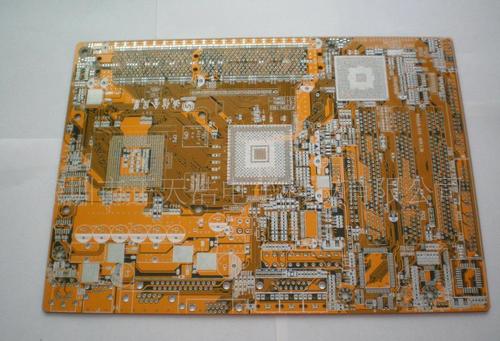 +86 755 2794 4155
+86 755 2794 4155  sales@knownpcb.com
sales@knownpcb.com
-
Shenzhen KNOWNPCB Technology Co., Ltd.
 +86 755 2794 4155
+86 755 2794 4155  sales@knownpcb.com
sales@knownpcb.com
 2023-10-18
2023-10-18
 901
901

The signal integrity problem is not caused by a single factor, but by multiple factors in board level design. The main signal integrity problems include reflection, ringing, ground bounce, crosstalk, etc. The following mainly introduces the solutions to crosstalk and reflection.
Cross talk refers to the unwanted voltage noise interference caused by electromagnetic coupling on adjacent transmission lines when a signal propagates on the transmission line. Excessive crosstalk may cause false triggering of the circuit, resulting in the system not functioning properly.
Due to the inverse ratio between crosstalk and line spacing, it is proportional to the parallel length of the lines. Crosstalk varies with the load of the circuit, and for the same topology and wiring situation, the larger the load, the greater the crosstalk. Crosstalk is directly proportional to the signal frequency. In digital circuits, the edge change of the signal has the greatest impact on crosstalk. The faster the edge change, the greater the crosstalk.
In response to the above characteristics of crosstalk, the following methods can be summarized to reduce crosstalk:
(1) Reduce the transformation rate of the signal edge when possible. When selecting devices, slow speed devices should be selected as much as possible while meeting design specifications, and mixed use of different types of signals should be avoided, as fast changing signals have potential crosstalk hazards to slow changing signals.
(2) The crosstalk generated by capacitive coupling and inductive coupling increases with the increase of the load impedance of the affected line, so reducing the load can reduce the impact of coupling interference.
(3) When wiring conditions permit, try to reduce the parallel length between adjacent transmission lines or increase the distance between wires that may undergo capacitive coupling, such as using the 3W principle (the distance between wires must be 3 times the width of a single wire or the distance between two wires must be greater than 2 times the width of a single wire). A more effective approach is to isolate the wires with ground wires.
(4) Inserting a ground wire between adjacent signal lines can also effectively reduce capacitive crosstalk, as this ground wire needs to be connected to the ground every 1/4 wavelength.
(5) Inductive coupling is difficult to suppress, so it is necessary to minimize the number and area of circuits as much as possible. Signal circuits should avoid sharing the same section of wire.
(6) The signal layers of adjacent layers should be routed vertically, avoiding parallel routing as much as possible to reduce cross talk between layers.
(7) The surface layer only has one reference layer, and the coupling of the surface layer wiring is stronger than that of the middle layer. Therefore, signals that are sensitive to crosstalk should be arranged in the inner layer as much as possible.
(8) By terminating, matching the far and near ends of the transmission line, as well as the terminal impedance with the transmission line, can greatly reduce crosstalk and reflection interference.

Or call +86 755 2794 4155
Inquiry Now

